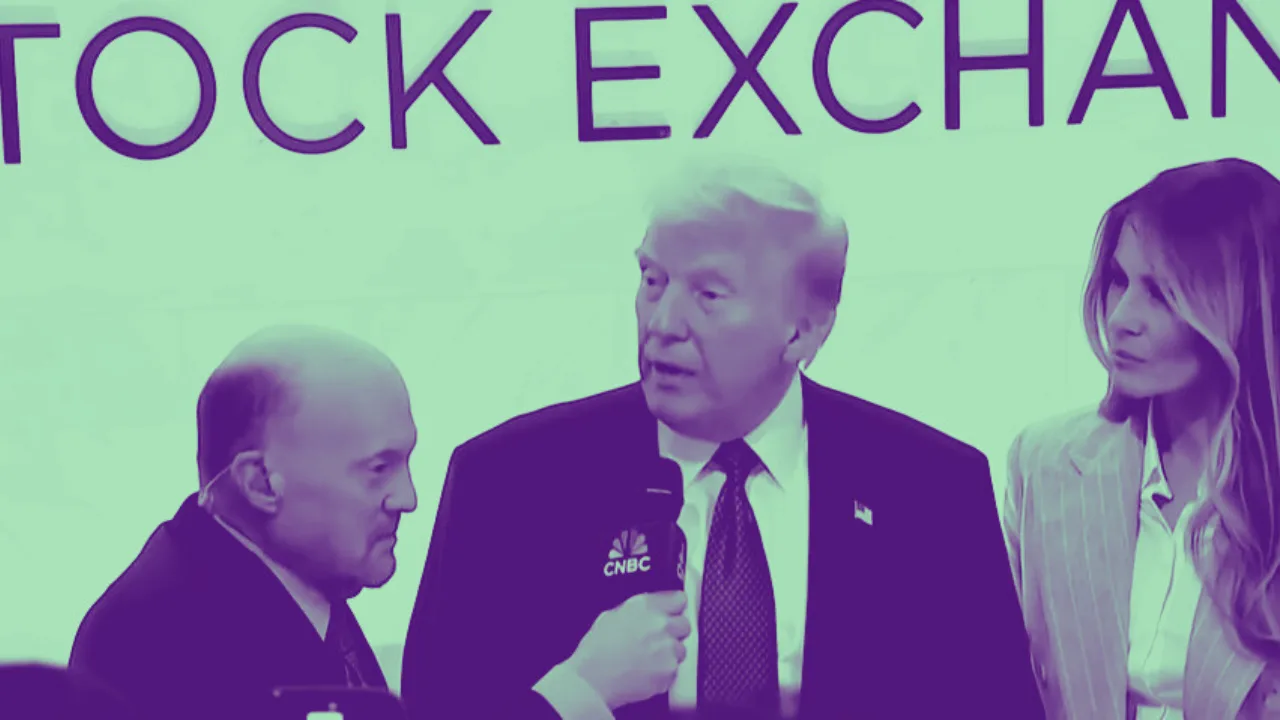The Walt Disney Company is undergoing another significant round of layoffs, a move that has caught the attention of Wall Street, industry insiders, and concerned employees alike. The entertainment titan announced on June 2, 2025, that it is cutting several hundred jobs across its global operations. While not unexpected in the context of broader corporate restructuring efforts, these latest Disney layoffs are a clear indicator of how even legacy giants are being forced to adapt to a new era in entertainment and media consumption.
For investors, the implications of Disney’s strategic moves go far beyond short-term cost-cutting. They reflect deeper changes in the company’s business model, revenue priorities, and its roadmap for competing in a digital-first media environment. This article will explore the rationale behind the layoffs, the potential impact on Disney’s financial performance, and what shareholders should keep in mind moving forward.
Inside the Latest Round of Disney Layoffs
According to sources familiar with the matter, Disney is eliminating several hundred roles across its film, television, and corporate finance divisions. The cuts span various departments including marketing, publicity, casting, development, and financial operations. While no entire departments have been shut down, the layoffs are widespread, with a significant concentration in the Los Angeles area, where Disney Entertainment Television and many other key operations are headquartered.
This isn’t Disney’s first round of job reductions. It follows earlier rounds of layoffs including 200 positions in March 2025 and a major 2023 initiative under CEO Bob Iger, which resulted in the elimination of 7,000 jobs and targeted $5.5 billion in cost savings.
“We continue to evaluate how to best position the company for future growth,” said a Disney spokesperson. “Our recent decisions are part of that ongoing process.”
While these words offer corporate-speak reassurance, the scale and scope of these layoffs suggest a company grappling with fundamental industry shifts.
Why Are the Layoffs Happening Now?
The entertainment industry is in the midst of a seismic transformation. Traditional revenue drivers such as cable TV subscriptions and theatrical releases have been steadily declining, while digital streaming services like Disney+ and Hulu have become increasingly central to Disney’s strategy. But even with the success of its streaming platforms, profitability remains a concern.
Despite reporting $23.6 billion in revenue for its fiscal second quarter—a 7% year-over-year increase—Disney has faced rising costs and thinning margins in content creation, marketing, and distribution. Investors may note that the layoffs come not during a financial crisis, but during a time of profitability. That speaks volumes about where the company is placing its bets.
The layoffs are part of a long-term strategy to reduce overhead, simplify operations, and refocus efforts on core revenue-generating areas like streaming, theme parks, and international licensing. For example, Disney has been consolidating its marketing teams across various business units to eliminate redundancies and increase agility in content promotion.
How Do Disney Layoffs Fit Into a Larger Trend?
Disney isn’t alone. Warner Bros. Discovery, Paramount Global, and NBCUniversal have all recently gone through similar cost-cutting efforts. This wave of restructuring is happening across the media sector, driven by:
- Shifting Consumer Behavior: Viewers now favor on-demand, ad-free streaming services over cable.
- Investor Pressure: Shareholders are demanding higher margins and more focused capital allocation.
- Technological Disruption: AI, automation, and digital delivery platforms are replacing traditional labor-intensive processes.
- Global Economic Uncertainty: Persistent inflation, potential interest rate hikes, and recession fears are compelling companies to strengthen their balance sheets.
For investors, this convergence of forces means companies like Disney must be leaner, faster, and more technologically adept to remain competitive. The Disney layoffs, then, are not a retreat, but a pivot.
What This Means for Disney Stock
For investors, the key question is how these layoffs impact Disney’s long-term financial health and share performance. Historically, restructuring efforts that are tied to a clear growth narrative tend to be well-received by the market.
Here are the potential impacts:
- Improved Margins: Job reductions in high-cost departments like marketing and finance could improve operating margins by reducing fixed costs.
- Increased Investor Confidence: Demonstrating fiscal discipline in the face of industry change may boost investor sentiment, especially among institutional shareholders.
- Short-Term Volatility: While long-term investors may cheer the cost-cutting measures, short-term market reaction could be mixed due to uncertainty around execution.
- Refocused Strategy: Layoffs free up resources for strategic investments in Disney+, international growth, and technology infrastructure.
Already, analysts at firms such as Goldman Sachs and Morgan Stanley have stated that they view the layoffs as a “positive directional move,” albeit one that needs to be followed up with clear growth signals in the next two quarters.
What Should Investors Watch Next?
The Disney layoffs provide a window into broader structural changes at the company. Investors should watch for a few key indicators over the coming months:
- Streaming Subscriber Growth: Is Disney+ adding subscribers, especially internationally?
- ARPU (Average Revenue Per User): Are newer pricing strategies and advertising tiers paying off?
- Content Spend Discipline: Is Disney producing hits while spending less?
- Theme Park Revenue: Are domestic and international parks continuing to outperform?
- Balance Sheet Strength: Is Disney deleveraging after recent acquisitions and debt accumulation?
All of these will help assess whether the layoffs are the beginning of a leaner, more agile Disney or simply a bandage on deeper operational challenges.
What About Disney Employees and Culture?
It’s worth noting that Disney’s brand identity is deeply tied to creativity, loyalty, and employee passion. Mass layoffs, even when strategic, can hurt morale and create a perception of instability. That’s especially true when they hit high-profile divisions like film and TV.
Disney’s leadership will need to walk a fine line—cutting costs without compromising the company culture that makes its content globally distinctive. Internal communication, executive transparency, and strategic storytelling to employees will be critical.
Strategic Reset or Warning Sign?
The June 2025 Disney layoffs are not just a human resources story—they’re a strategic milestone in the company’s effort to reinvent itself for the modern entertainment economy. For long-term investors, the focus should not be on the raw number of jobs cut, but on what these cuts allow Disney to become.
As Disney moves away from legacy operations and toward a streaming-first, globally integrated, data-driven media powerhouse, investors should expect more structural changes. This includes divestitures, tech partnerships, and possibly even M&A deals aimed at bolstering content pipelines or tech infrastructure.
In the months ahead, the critical challenge for Disney will be to demonstrate that these layoffs translate into sharper focus, better execution, and higher returns. For now, investors should stay informed, monitor earnings reports closely, and evaluate whether Disney’s restructuring aligns with their own portfolio goals.





